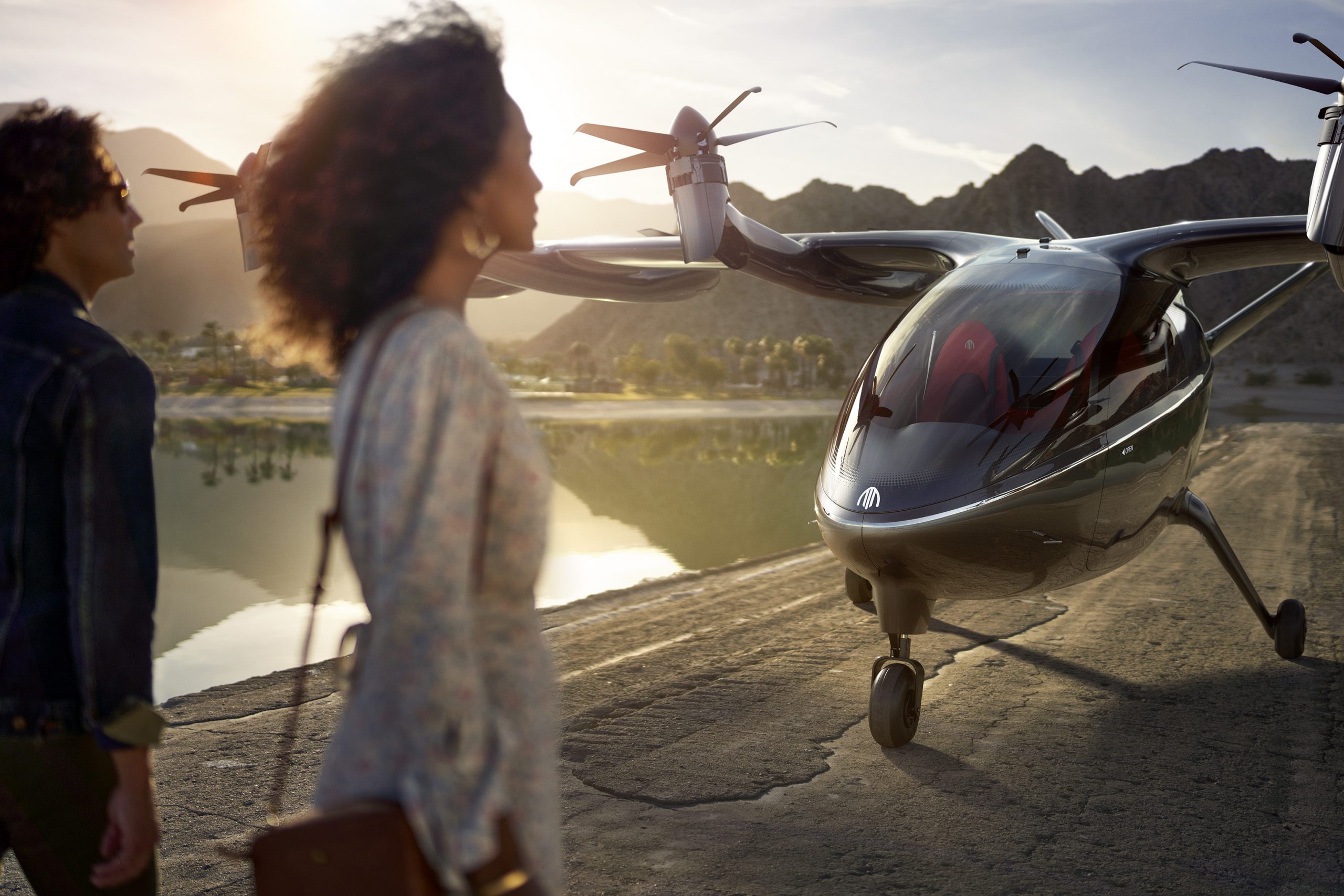The success of uncrewed electric drones in the last couple of decades has caused some people to wonder if similar construction techniques to those used in drones could be employed to create small electric aircraft to carry people.
Not only are electric motors more reliable than conventional engines, but they're also light enough that you can put several of them on a single aircraft, offering an extra margin of safety. The ability to use several motors—together with sophisticated software—means greater design flexibility, opening the door to new types of vertical takeoff and landing (VTOL) aircraft that straddle the line between conventional airplane and helicopter.
This technology got overhyped in the late 2010s. Uber, for example, announced in 2017 that it was aiming to launch a VTOL taxi service in Dallas and Dubai in 2020. Instead, Uber sold off its air taxi efforts to startup Joby in December 2020.
But while the VTOL revolution hasn't happened as quickly as some early boosters hoped, the industry is making progress. The latest sign is an announcement that United Airlines is investing in VTOL startup Archer and has placed a $1 billion order for 200 VTOL aircraft.
Archer is also raising money from Stellantis, the company formed by the recent merger of carmakers Fiat Chrysler and PSA Peugeot. Stellantis will help Archer make the carbon-fiber fuselage for its aircraft. The investments are part of Archer's plan to become a public company via a merger with a Special Purpose Acquisition Company.
While battery electric aircraft have a number of advantages, the low energy density of batteries (compared with fossil fuels) means that electric vehicles have limited range. Archer's first aircraft, due out in 2024, is designed for a range of 60 miles (100km) with a maximum speed of 150 miles per hour (240km/h). This obviously isn't a long enough range to replace conventional commercial airline flights.


